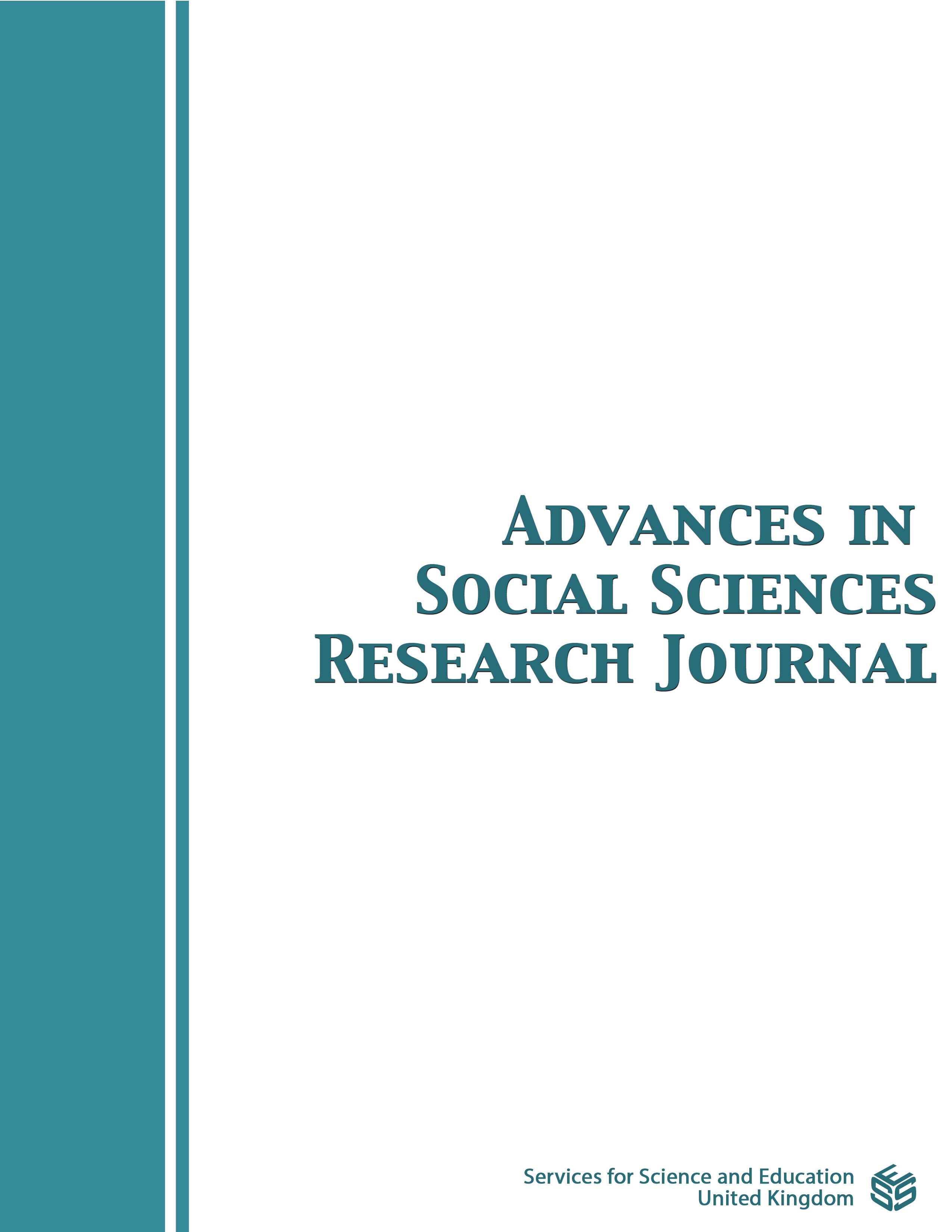“The shifting patterns of customary marriage and gender relations in post-conflict northern Uganda.”
DOI:
https://doi.org/10.14738/assrj.88.10427Keywords:
Customary Marriage, Marriage Practices, Transformations, Gender RelationsAbstract
This paper presents the transformations in the customary marriage processes, practices and gender relations among Lango in northern Uganda. The paper takes a qualitative approach using generational in-depth interviews with participants in the sub-counties of Lira and Ogur, Lira district northern Uganda. The findings indicate that marriage was a highly respected institution in Lango culture accomplished by the payment of bride wealth called ‘lim nyom’ but greatly transformed over time from material to monetary demand. The traditional marriage process was punctuated by eight designated sequential events and installment payment of the bride-wealth. However, this paper underlines that Lango customary marriage (‘Nyom tekwaro Lango’) has changed over time due to the rapid social, economic, cultural and traditional changes to match the socio-economic and ideological realities dictated by the globalization process. Core among the factors that have influenced and undermined Lango customary marriage is borrowing the alien value system to suit the contemporary social and economic changes. This paper argues that whereas it is important to adopt the new marriage principles and practices, the shift affects gender relations and thus it is worth retaining the significant valuable customary practices that knit family and community members.
Downloads
Published
How to Cite
Issue
Section
License
Copyright (c) 2021 Ejang Mary

This work is licensed under a Creative Commons Attribution 4.0 International License.
Authors wishing to include figures, tables, or text passages that have already been published elsewhere are required to obtain permission from the copyright owner(s) for both the print and online format and to include evidence that such permission has been granted when submitting their papers. Any material received without such evidence will be assumed to originate from the authors.






